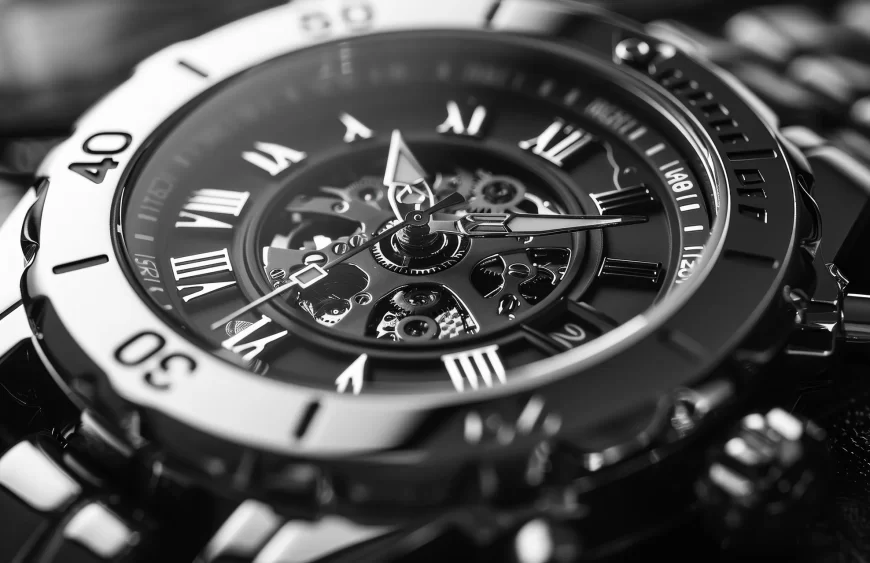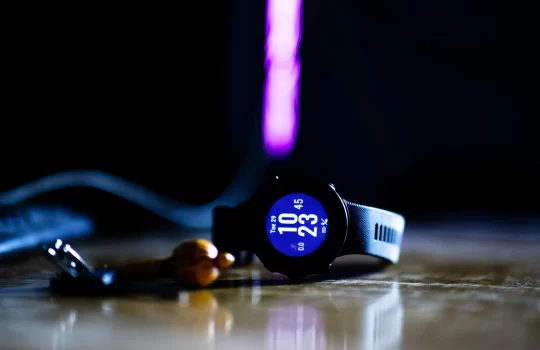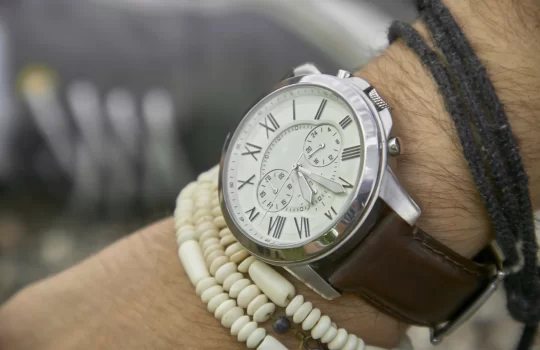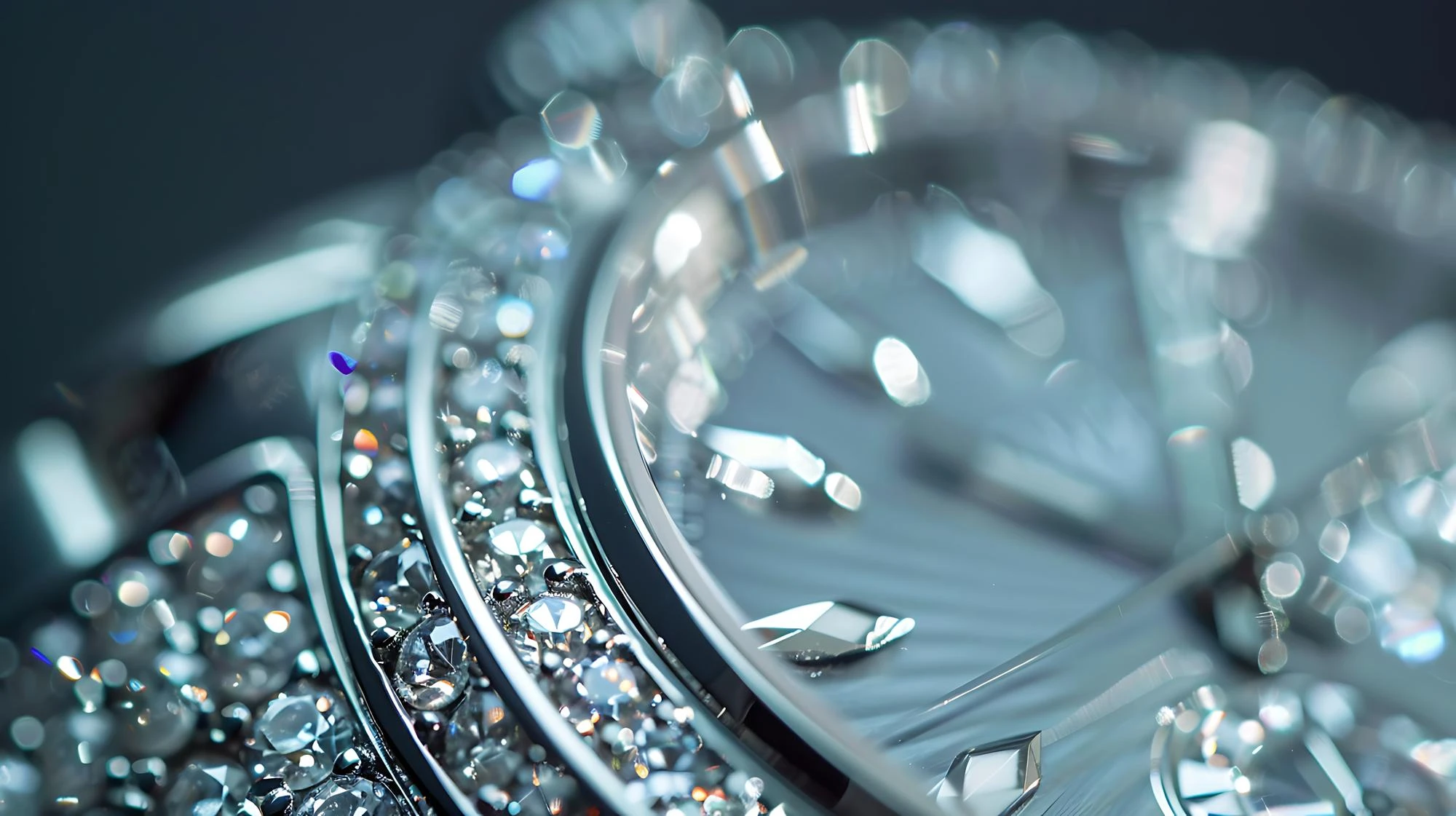The Art of Mechanical Precision
Automatic watches are more than timekeepers—they’re feats of engineering. Unlike quartz watches, they harness kinetic energy from your wrist’s movement to power the mechanism.
Why Choose Automatic?
- No Batteries Needed: Eco-friendly and cost-effective.
- Craftsmanship: Intricate gears and springs visible through skeleton designs.
- Heritage: Brands like Seiko and Tissot have perfected automatic movements over decades.
Key Features to Consider
- Power Reserve: High-end models (e.g., Rolex) offer 70+ hours of reserve.
- Water Resistance: Varies by model; avoid swimming unless rated 100m+.
- Maintenance: Service every 3–5 years to ensure longevity.
Styling Tips
- Dress Watches: Slim profiles with leather straps for formal events.
- Diver Watches: Rugged designs with stainless steel for casual wear.
Did You Know?
The first automatic watch was invented in 1770 by Abraham-Louis Perrelet. Today, collectors prize limited-edition automatics for their rarity.
Final Thoughts
An automatic watch is an heirloom piece. Start with an entry-level model (e.g., Orient Bambino) to appreciate the craftsmanship.




